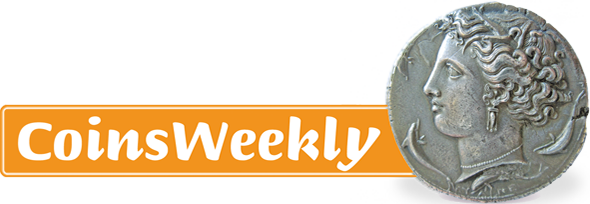Infotext and Social Links EN
We are the bridge connecting the international numismatic world. Our readers include collectors, professional coin dealers and researchers, as well as all those involved in coin production. We are read in 170 countries! We provide you with information on everything you want to know about the subject of money – from antiquity to the present day. And much more...
Follow us








A visit at the Joanneum
The Joanneum is the oldest and second largest museum in Austria, whose founding statute contains the obligation to collect domestic coins. Ursula Kampmann has paid the museum a visit.
Women and Finance. An Evolving Image
An intriguing exhibition has opened at Olten recently: “Women and Finance. An evolving image”. Read here, why exotic women and ancient goddesses were pictured on security certificates and how role models changed – not only on these papers, but also in real life economy!
Manual to identify Roman coins
England’s Portable Antiquities Scheme is the most successful program on coin finds world-wide. No other country has won so many supporters to …
The Saints of Zurich
Have you ever been to Zurich? Perhaps during the last week of October, when the distinguished auction houses of Zurich hold their autumn sales? If …
Let’s be merciful and hang them: The Catherine Heyland case
In March 1788, a police unit of the Westminster community stormed a locked room in London. They had been tipped off that two people committed a crime in that house that was forbidden under penalty of death: false coining…
Creator of the Paduans: Giovanni da Cavino
Giovanni da Cavino was an exceptionally gifted artist and an honoured businessman when he imitated the first Roman coins. As ‘Paduans’, they were destined to achieve world fame later on. He provided the high society with what it looked for and earned good money with it. In those days, nobody would have dreamt co call him a forger…